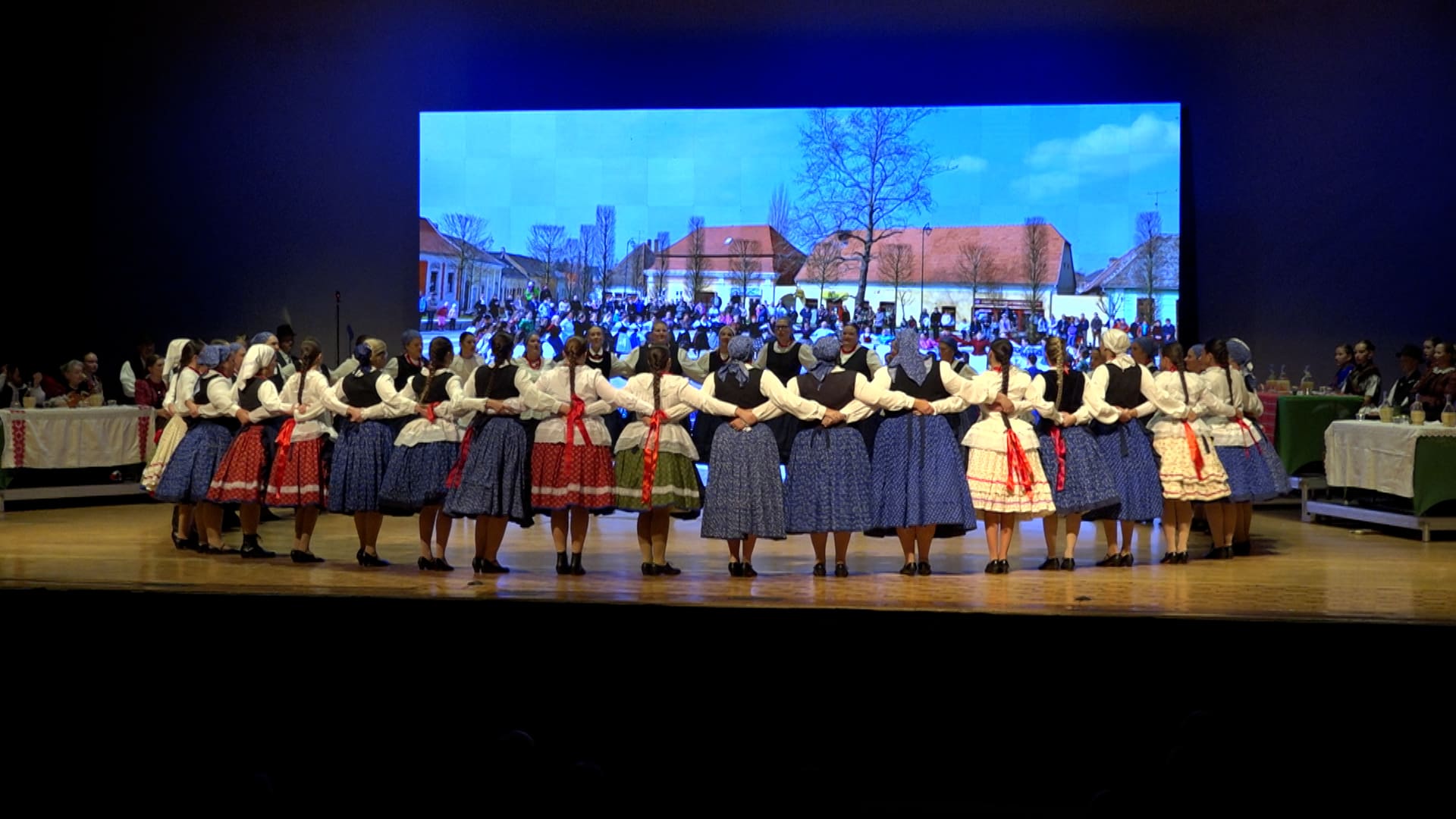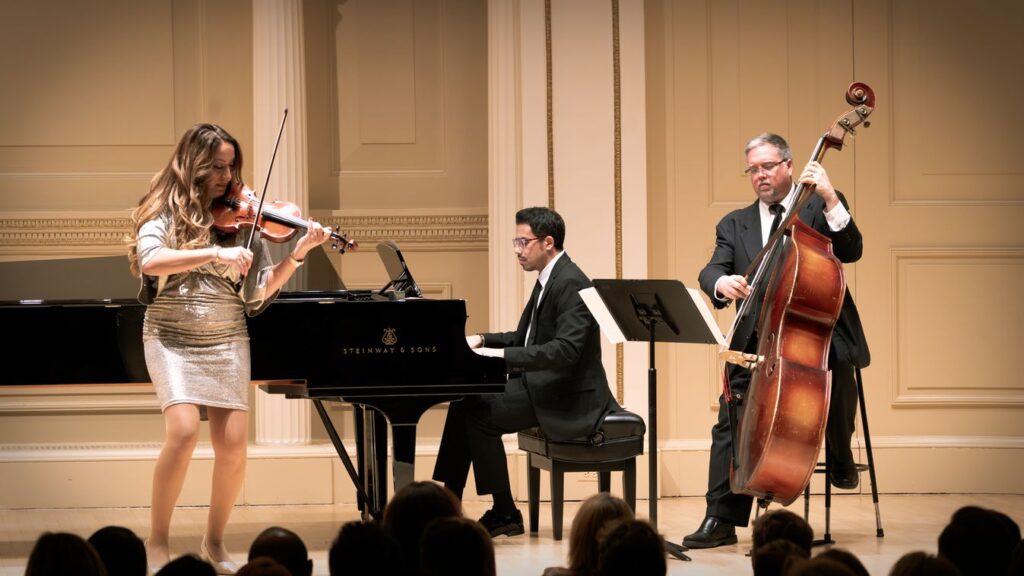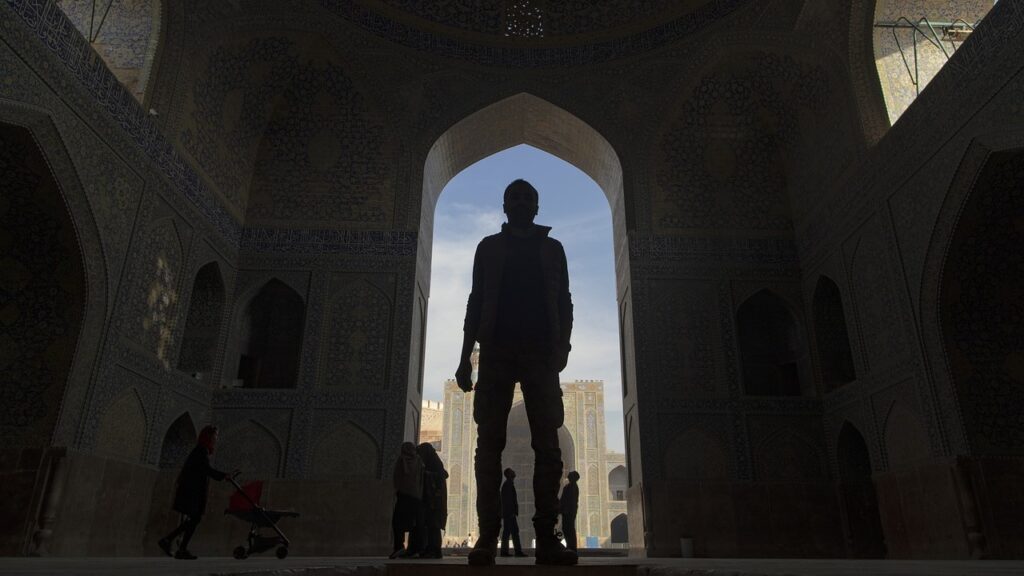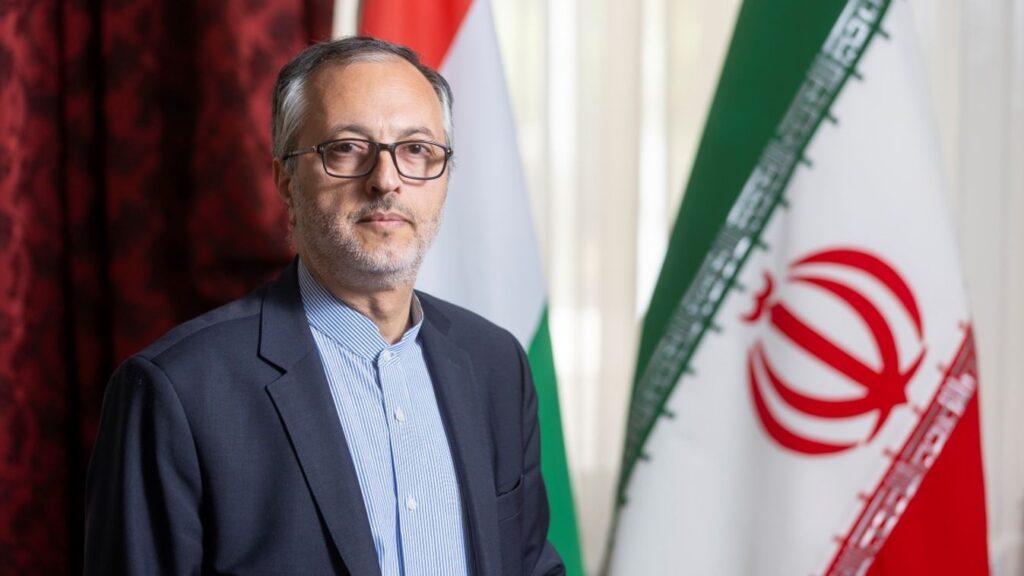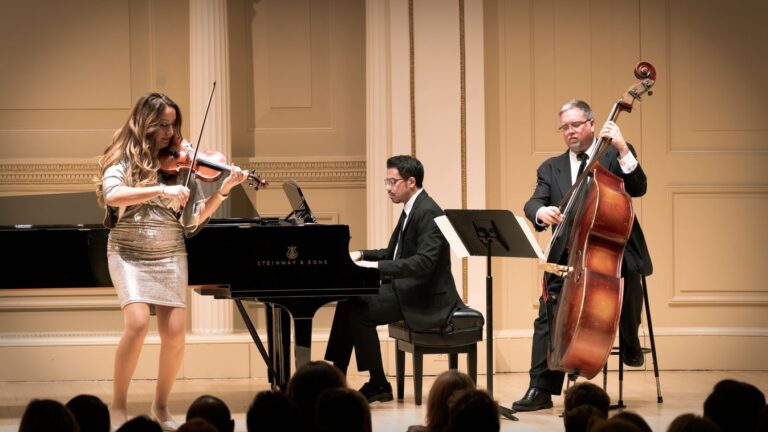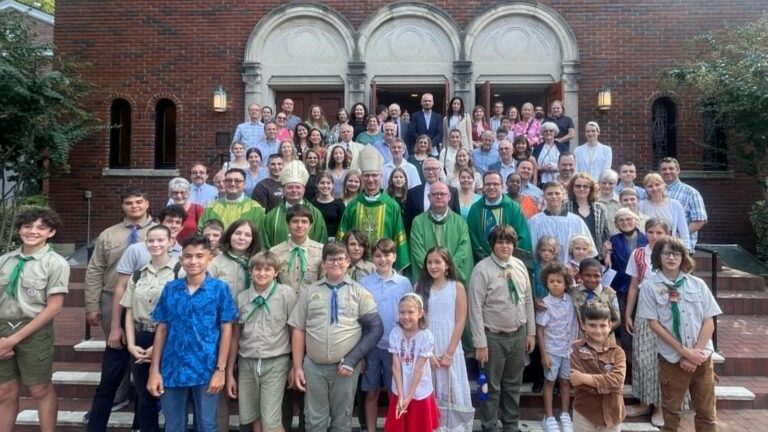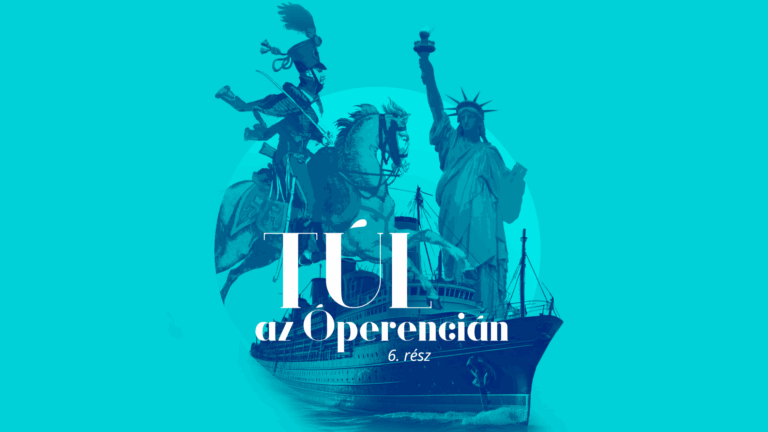It was earlier this year at Pontozó, the largest Hungarian folk dance festival in North America (held in New Brunswick, NJ this year) that I had the chance to first see the Cleveland Regös Group perform. It was spring, yet their audience was enthusiastically invited to their Golden Wedding Gala organized for a November date. The Regös Group puts on a big performance every five years and this year marked their 50th anniversary of existence, and also aimed to showcase the cycle of human life beyond commemorating the past 50 years of the group. Although I finally did not make it to the gala, thanks to Bocskai Rádió’s recording, I could watch and get a taste of the atmosphere of this extraordinary performance lasting for several hours and staging hundreds of performers for more than a thousand spectators—a memory for the next five years, but more probably for a lifetime.
The Cleveland Regös Group, founded in 1973 by Magdi Keresztes Temesváry and her husband András, has had more than 400 members in 50 years. It is made up of local scout leaders above 14 years of age who lead their 6–14 year old scouts every Friday, while on Tuesdays learn and practice Hungarian folk dances and folk traditions including an Easter fertility ritual, setting up a maypole in May, and singing carols at Christmas. They also carry out regular ethnographic research and collections, organize camps every summer and once in every five years complete a three-week long trip to Hungary and the Carpathian Basin.
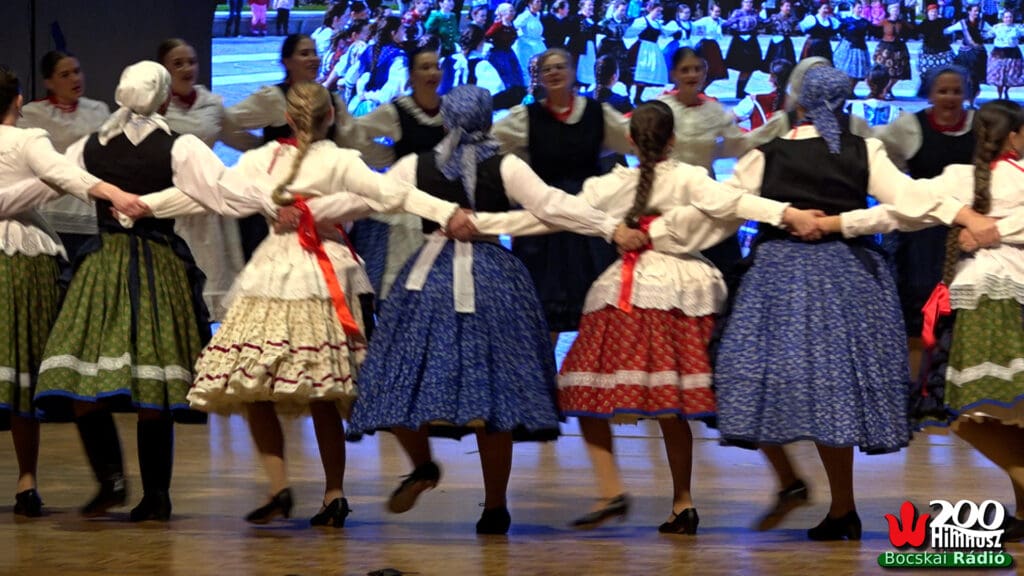
The anniversary gala was attended not only by current and former (alumni) scouts, but also by many scout friends and supporters from all over the Hungarian American diaspora. As Eszti Pigniczky, scout leader and former Regös Group director, the current costume designer and mentor to the group, explained to us earlier, the Regös do much more than just folk dance: when they are not preparing for a show, they are engaged in crafts, folk tales, ballads, folk music, in other words they explore the entire Hungarian folk tradition. Further, they also do fieldwork collecting. According to her husband, Endre Szentkirályi, president of the United Hungarian Societies of Cleveland, the anniversary gala events are similar to school reunions on a larger scale. He had been a member of the Regös Group for ten years, from the age of 14, and has helped organize the gala performances and tours to Hungary ever since. He also edited and published two related books: in 2008, he compiled an ethnographic collection of young Regös people in Cleveland entitled Are there still Hungarians in Cleveland?, and for this year’s anniversary gala, he produced a compilation of 700 photographs providing a comprehensive picture of the Regös movement worldwide.
Anikó Balássy Béres, one of the jurors of this year’s Pontozó festival, arrived from Hungary five years ago and has been mentoring the Cleveland Regös leaders since then. Her work ranges from research and collection to teaching dances. She said that the anniversary gala was an attempt to show how the group has lived through the past 50 years by bringing on stage small children of three and four years old first, and later the oldest members of the original Regös Group. Among the latter is Annamária Györky (also known as Nyuszi), who joined them 49 years ago, has been part of all the major performances and has helped the group ever since (for example by being wardrobe coordinator or sewing folk costumes). All her children are members or alumni of the Regös Group, and all of them performed at the Golden Wedding gala. She emphasized the joy of seeing familiar faces again, while Anikó pointed out the cohesion, cooperation and familial spirit within the group. After the welcome speech the show started with an old Hungarian blessing. Across the show, between the dance segments displaying various themes, short movie inserts reminded us of the past of the Regös Group; of how young the current and alumni members were 10, 20 or 50 years ago, as a symbol of the eternal cycle of life. After the choreography from Kisterenye, which they had learned on this year’s summer tour in Hungary, the youngest scouts performed a so-called ‘cricket wedding’, and then the scouts and the Regös Group joined up for a choreography from the Rábaköz region. Anikó found it very touching to see the different generations dancing together and shared that while she had been heavily involved in the folk dance movement back in Hungary, she never imagined experiencing such a spectacular and high quality performance in America.
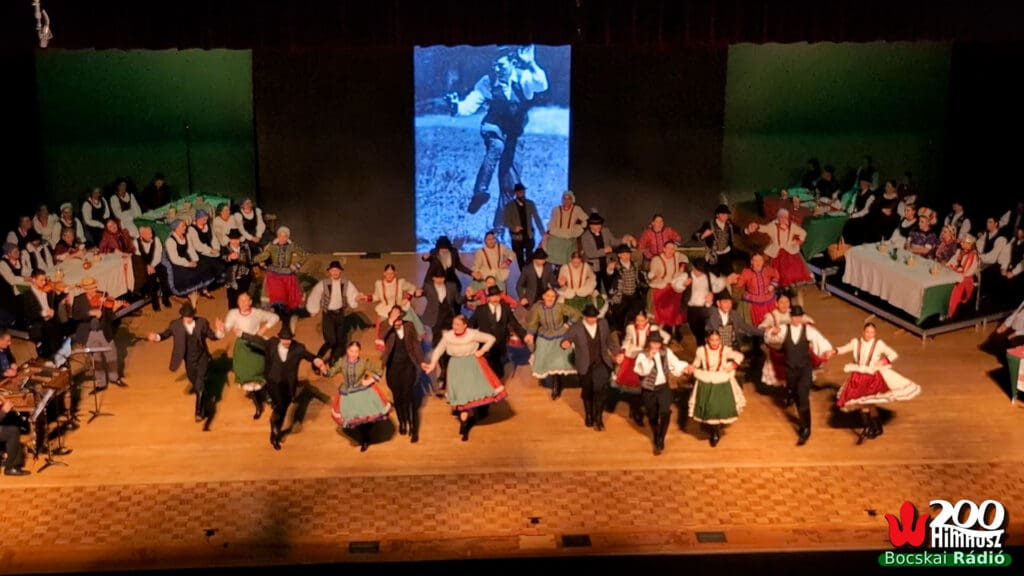
Chilla Varga, the leader of the New Brunswick Regös dance group of about thirty people, explained that they contributed in the first part of the show with dances from the Gömör region. It was their first appearance as guests for an anniversary gala of the Cleveland Regös Group, which they would like to make a tradition of, since their Regös Group is very similar to the Cleveland group and their goal is the same: to preserve Hungarian folk traditions and pass them on to younger generations. Ambassador Szabolcs Takács explained enthusiastically that during the performance he felt like he was at home in Hungary, and he believes that this is the most that can be achieved in the diaspora. He paid the highest tribute to the performers, instructors and parents, appreciating their efforts in preserving Hungarian identity, and quoted Deputy Prime Minister Zsolt Semjén’s anecdote that Hungarians as a nation are similar to a three-legged stool; where Hungary, the Carpathian Basin and the diaspora are the three legs, and if any one of them falls, the stool will topple. He added that this is not the case in Cleveland since it still feels as the most Hungarian city in America, something of which not only the locals, but all Hungarians can be proud of, wherever they live in the world.
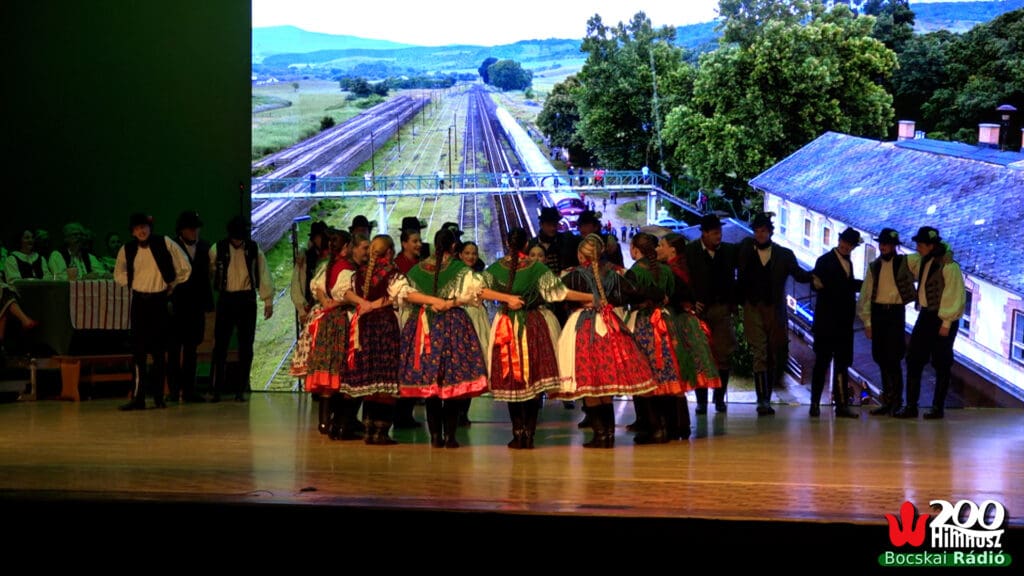
János Szabó, the other mentor of the Regös Group, who previously led the Nógrád Dance Company for 18 years in Hungary and is currently a KCSP (Kőrösi Csoma Scholarship Program) fellow in Cleveland shared his joy and heartfelt gratitude for being part of the creation of this miracle, which he did not escape without tears. He admitted that as a mentor and instructor, it is difficult for him to look at the performance from the outside, but he has had to learn this over time and can say that, for example, the lighting technique was elevated by two leagues in comparison with previous anniversary shows. He explained that the theme of the second segment was family life including dances from the Mezőség, Palatka, Szeklerland and Jobbágytelke regions performed by families. He said that the preparation process for him only started at the beginning of October and he felt that although he is not so young, he was energized by being heavily involved in the organization and all the background work over the last few weeks. Scout Leader Irén Dala congratulated and thanked everybody for the experience on behalf of the Hungarian Scout Association in Exteris (KMCSSZ). She emphasized the spectacle of the scouts performing with their grandchildren and the fact that the Cleveland scouts are one of the largest troops in the association, where the most serious scouting work is underway.
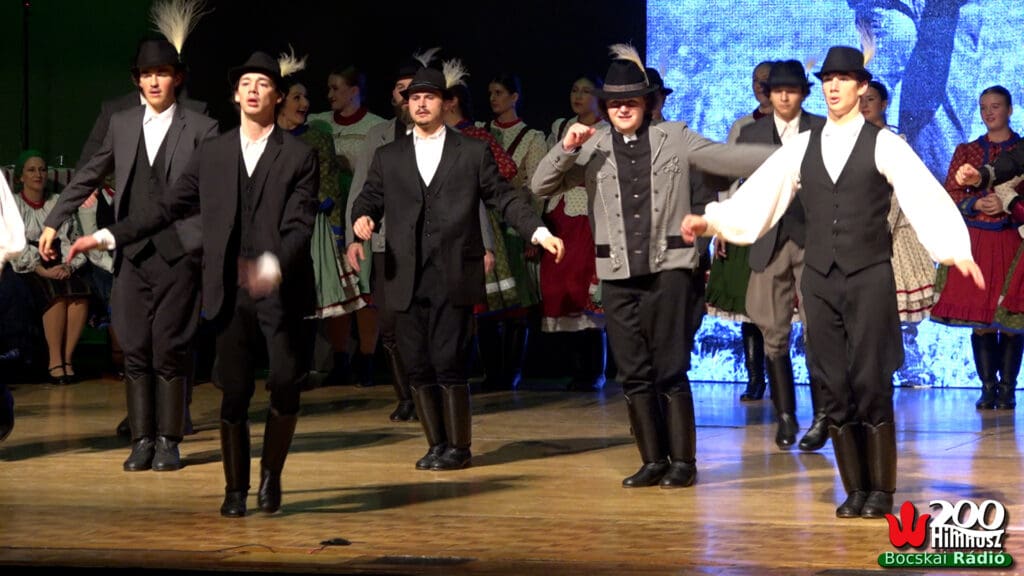
László Tihanyi and Hanna Szentkirályi, the current leaders of the Regös Group said that they had some doubts after the last rehearsal, but the performance went very well and they are proud of everyone. They have been rehearsing at least twice a week since mid-August, but they have actually been preparing for this show for two years, since September 2021. They also pointed out that the alumni group had to learn new dances. Eszti Pigniczky also confessed: she had concerns until the beginning of the show, but in the end she was very satisfied and happy because the event was a huge success for both groups, the locals and the guests from New Brunswick, too. In addition to their first successfully achieved goal (more than a thousand in the audience), their other goal was also achieved: they wanted to show Clevelanders and the world what the 50 years of the Regös Group’s past and present, and thus future, is all about. We want to let the world know that we are not only keeping but living our traditions, she explained, adding: in addition to the tremendous professional support they received in planning and putting together the event (Andrea Tábor Fricke was also involved in the design and sewing of the costumes; Ilona Solomon Gulden, Emese Kovács Chmielewski and Bea Tábor in the administration, financial administration and research), they also received invaluable technical assistance (Réka Pigniczky assembled the movie displays, Zsuzsa Daróczy the visuals, while Gyuri Kovács, Sára Péter, Keyshaun Smith and Carlton Guc took care of the various technical components).
Although the video recordings prove the huge amount of work they put in, the joy of dancing and being together, the nostalgic time travels and the reunions and the gratitude of the audience, I am sure that watching it in person must have been an even more exhilarating experience. I hope I can be there in five years’ time. Until then, God bless the Cleveland Regös Group! We wish them many more equally memorable anniversary performances.

